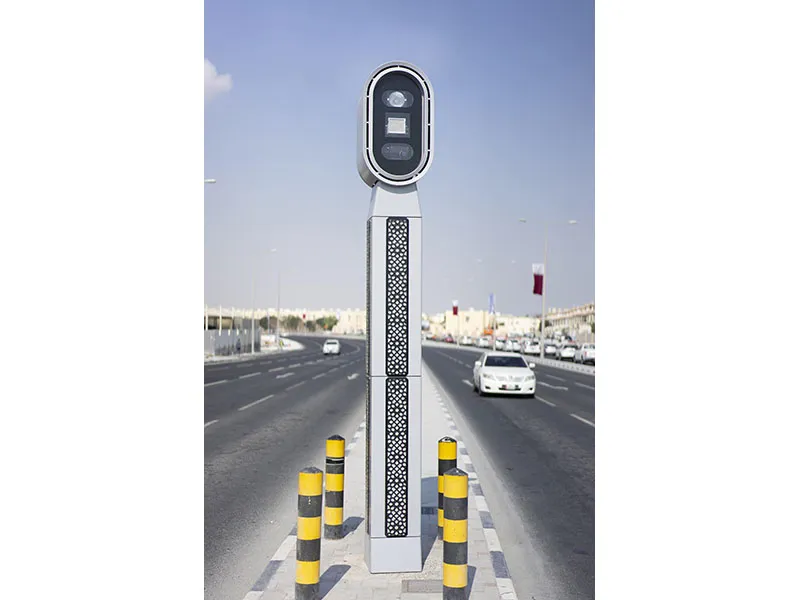McCain, US manufacturer and supplier of intelligent transportation systems, traffic control equipment and parking guidance solutions, has been awarded a one year contract with the City of Salem, Oregon covering the city’s intended upgrade from a 170 controller platform to the 2070E, and also includes McCain’s 332S stretch traffic controller cabinets. According to McCain, upgrading to a 2070E traffic signal controller offers the city a more advanced operating platform, while the 332S cabinet’s design will al
September 26, 2012
Read time: 2 mins
According to McCain, upgrading to a 2070E traffic signal controller offers the city a more advanced operating platform, while the 332S cabinet’s design will allow for easy interchanging of standard assemblies and components. McCain’s 332S cabinet also provides ten more inches of space than a standard 332 cabinet that may be used to accommodate additional ITS, communication, or BBS equipment.
“We’re pleased to continue our partnership with the City of Salem,” said Jeff McCain Jr., northwest regional manager at McCain, Inc. “Upgrading to the 332S and 2070E will offer the city the same great industry standard control but on the latest 2070 generation platform.”
Constructed from marine-grade aluminum and accessed via two full-sized doors, front and back, McCain’s 332S stretch traffic controller cabinet is designed to house 170 or 2070 controllers, while the 2070E traffic controller, also included in the contract, offers superior operability with a multi-tasking field processor and communications structure, configurable for a variety of traffic management applications. The OS-9 operating system supports various applications based on the software control package utilized and allows for future integrations and upgrades, helping extend the life of the hardware equipment component.










